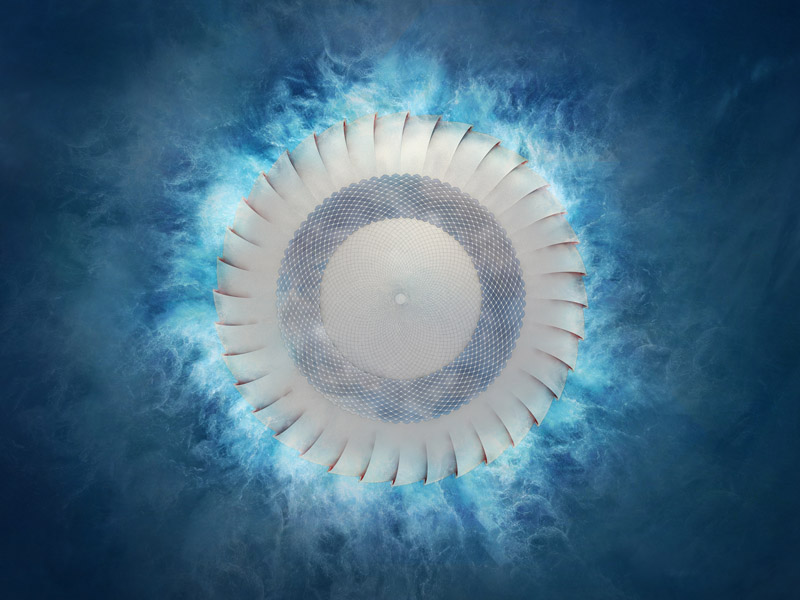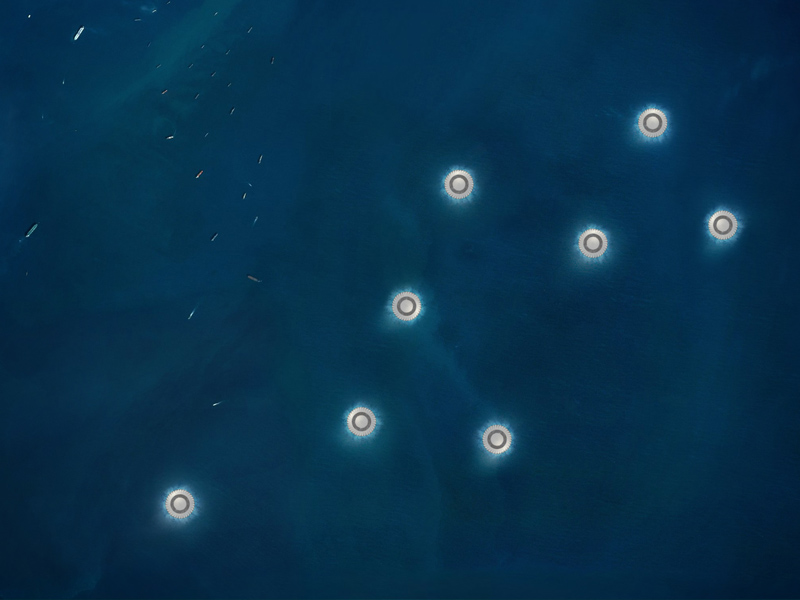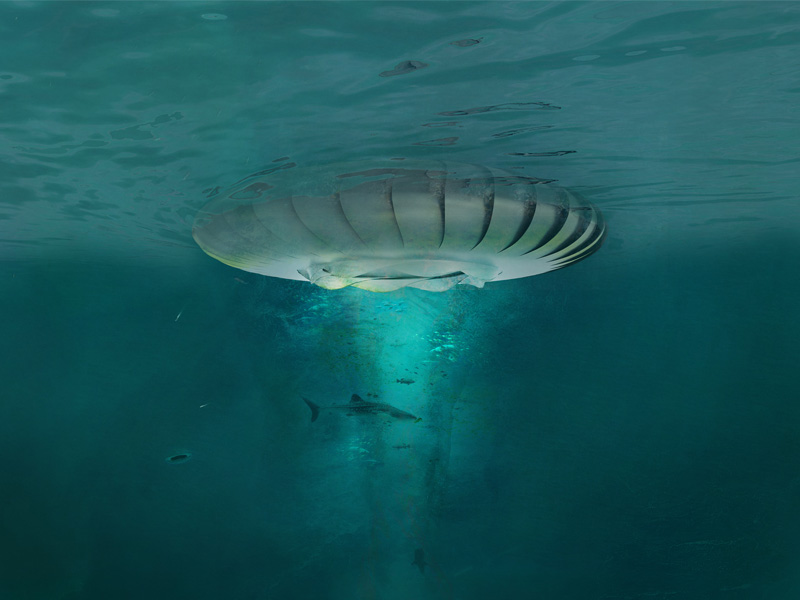
Marine Satellite by sungbin lee from korea
designer's own words:
Industrialized human society generates vast quantities of materials, many of which, lacking a recovery infrastructure, end up as waste. Human refuse, including synthetics and plastics, has inevitably found its way into the world’s oceans. This garbage, which is present in the oceans and on beaches, is called marine debris.
UNEP estimates that there is currently over 13,000 pieces of plastic litter floating on every square kilometer of ocean, whilst another study reports estimates 18,000 per square kilometer.
Far from being just a little problem, marine debris represents a significant threat to wildlife. Numerous marine animals and seabirds are killed or injured because they either become entangled or trapped by marine debris or because they ingest it.
Humans are also affected by marine debris. Marine debris washing ashore can also be an aesthetic problem on beaches and may cause economic losses to tourism. Communities may, therefore, need to spend money to clean up and look after the coastline.
To tackle this pending problem, we propose an architectural device, which collects floating marine debris in the oceans- “Marine Satellite”. The Marine Satellite, which is 150 meters in diameter, has 36 crevices along the side, similar to the gills of a shark, which open in the opposite direction as the screws, revolving to collect floating ocean trash.
Though it is named after a high-tech device in space, its operational mechanism is based on natural resources. First, solar panels on the top generate electricity to operate the screws. In addition, with the help of the current, it can move on its own. Propellers, which are under the sea level, also amplify the drifting momentum. These factors make it possible for this device to become a semi permanent mechanism while not producing any carbon-dioxide.
The Marine Satellite would also revitalize the eco-system of the ocean. The gyre, a giant eddy, is where the current and wind meet. There are 5 main spots in the world, located in each of the Five Oceans. Since they have convergent flows of sea water, they are particularly vulnerable to lower dissolved oxygen levels in the sea, threatening the lives of ocean creatures.
Self-rotation of the Marine Satellite would produce a screw vortex under the ocean generating air bubbles, emitting more oxygen to the sea water. Oxygen is the best food for zooplankton, and it attracts small fishes that eat animal plankton. Thereby, it would revitalize the food chain of the sea creatures, creating a marine farm.
There is no terminus for Marine Satellite. The destination could be the opposite side from the origin place or the Gyre. A sensor in the structure would give notification of the available capacity, so that it would be brought back to the seashore by off-the-job oil tankers to empty ocean debris inside before it hit capacity and sent back to the ocean.
Top view of a unit
 Aerial views of units
Aerial views of units
 Image of marine farm
Image of marine farm